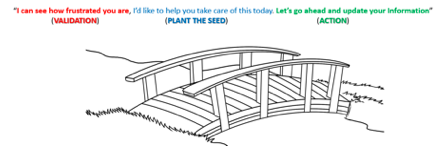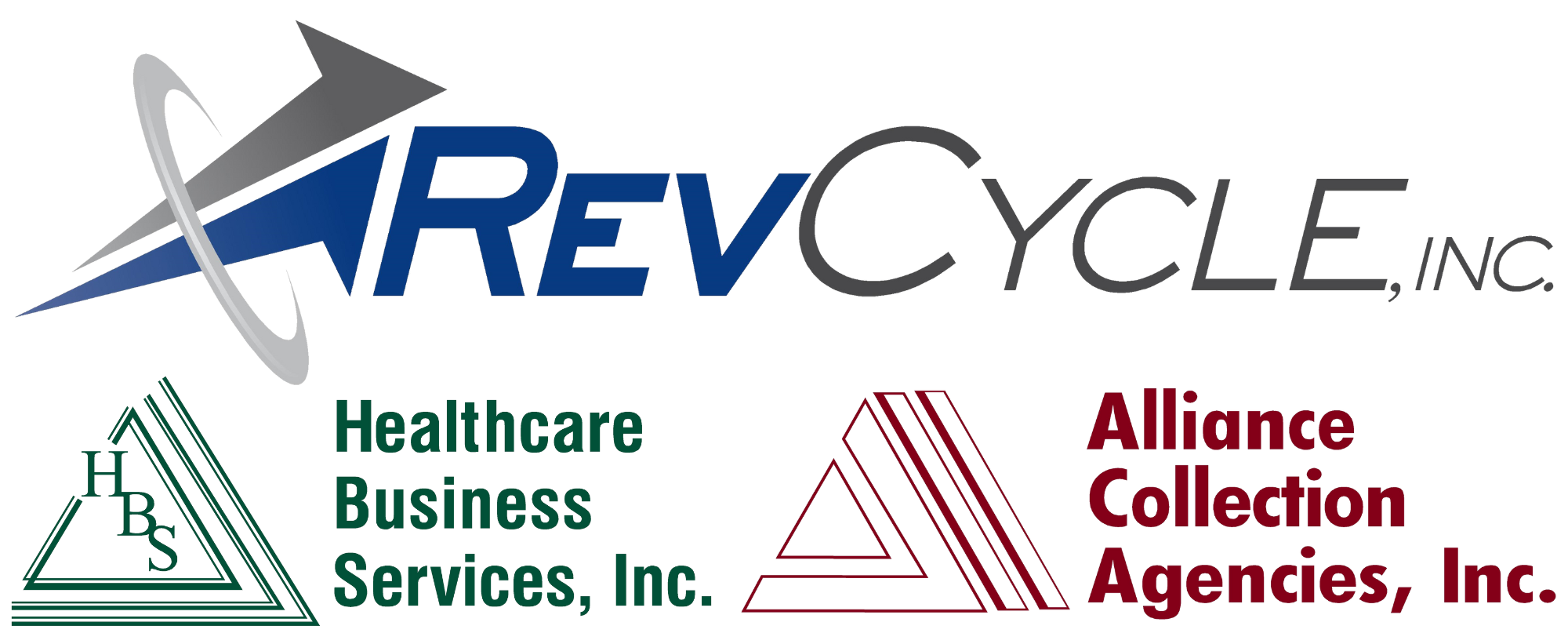People with more debt are prone to higher levels of stress and anxiety. In this study, Dr. Gathergood of Nottingham University confirmed that high amounts of debt are associated with increased rates of stress and depression. Everyone responds to stress differently, but it is not uncommon for people to lash out with aggression and anger. During difficult collection calls, this instinctive response can make it hard to find a resolution for someone with outstanding medical bills – a situation you may be all too familiar with.
How to Get Through to Patients During Difficult Collection Calls
Outlined below are some tips to help you and your staff breakthrough to patients who are showing signs of anger, aggression or general distress during a collection call.
1. Maintain a Consistent Foundation for Success
Consistency is the key to delivering the best experience on every call, but nowhere is it more important than in dealing with a difficult patient. It’s natural to be put on the defensive by someone behaving aggressively over the phone, though you cannot act on that instinct. Remember your training; beginning with the basics such as using proper manners, smiling (yes, people can hear your smile over the phone!), giving the patient your undivided attention, listening to and acknowledging their concerns and being honest – mistakes are okay, so long as you own the problem and champion the solution.
Beyond those basic but important practices, speech control and awareness are the most important phone skills to master. If you find yourself wondering where to begin, never fear – we have compiled the list below of the various aspects that go into maintaining control and awareness of your voice.
- Tone – The emotion or feeling that is being conveyed to the listener. The most important part of phone communication, listeners will judge you and your willingness to help based on your tone.
- Clarity – Use proper pronunciation and avoid “filler” words as much as possible (“Umm”, “uhh”, “like”, “Ya know”, etc.). Know your point, be clear and succinct.
- Rate – 110 to 150 words per minute. Slower than normal conversation, think about giving a PowerPoint presentation.
- Volume – Moderate speaking volume as if to a nearby colleague; not too loud or soft. It can be adjusted slightly to control a conversation.
- Pitch – Vary your pitch slightly to hold the patient’s interest. It doesn’t change the meaning of words but can color the “feeling” (think Eeyore from Winnie the Pooh and how everything he says sounds sad).
2. Keep your Goals in Mind

You’re discussing a financial obligation, so obviously, the primary goal is an agreed-upon payment plan. However, it is equally as important to keep in mind (when a patient becomes frustrated) that in this industry maintaining the relationship is paramount…for example, we instill the mindset in our staff that “today’s collection call could be tomorrow’s patient”. The list of goals for difficult calls below has been refined through our decades of experience and is something we teach both internally and externally.
- Maintain a consistency to purpose. Difficult people can turn the conversation around rapidly, so keep your focus on the prize (excellent, professional service).
- Ignore personal bias. Do not allow yourself to judge the person or it can too easily be reflected in your voice.
- Create a welcoming, non-hostile environment. Apply your foundation throughout the interaction.
- Stabilize and disarm. Set the rules; if the person continues to act aggressively, respond softly. They will eventually disarm.
- Accurately identify the issue/concern. You do not want to give them something else to be angry about, stay focused and clarify as often as appropriate.
- Build a rapport by being one person helping another. Whenever possible seek an outcome that benefits the organization and the patient.
- Utilize tact
- Tact [takt]
- A keen sense of what to say or do to avoid giving offense; skilled in dealing with difficult or delicate situations.
- A keen sense of what is appropriate, tasteful.
- Tact [takt]
No matter what the patient says or does, you should always handle every conversation with the same friendly and courteous tone. As tough as the situation may be, a difficult patient represents an opportunity for the delivery of excellent customer service if handled properly.
3. The “Do and Do Not Say” Words & Phrases
While it is impossible to predict every word or phrase that could potentially escalate or deescalate a call, we have compiled the following lists throughout our years of service to the healthcare industry. It is our experience that items on the “do say” list are typically well-received by even the toughest calls, whereas the “do not say” list should be avoided whenever possible.
Do Not Say List
- No
- Not
- Can’t
- Won’t
- However
- Unfortunately
- The notes say…
- You are looking at…
Do Say List
- Hear you
- For you
- (Share) With you
- Assist you
- Reach out to you
- Help
- Sorry
- Together
4. Building a Bridge Towards Closure
At this point, we’ve covered the foundation for handling a difficult call, the goals you should have for taking control of the conversation and what should and should not be said. Now is the time to put all of this together in the form of a powerful statement that will cross the gap between you and the patient while addressing the issue at hand. There are three separate, distinct segments that combine to do this:
Validation Statements
- “I’ve dealt with similar situations, I can certainly appreciate your frustration.”
- “I can appreciate why you feel that way.”
- “I can see how you would be frustrated.”
Plant a Seed
- “I’d like to help you take care of this today.”
- “I would be happy to…”
- “I’d like to help you today.”
Call to Action
- “What I can do for you is…”
- “For your convenience, I can…”
- “Let me walk you through…”

As you can see above, the validation serves to disarm any lingering hostility from the patient. Planting the seed moves the conversation towards a resolution, then the call to action typically leads to the closing conversation. Even if new topics arise, by this point in the call there should be a productive, positive relationship forged between the patient and the representative, so further developments should be handled as any ordinary call would be.
5. What’s Next?
Training and practice. These steps have been refined over many years; it stands to reason their usage should be as well. They may seem simple or common sense, but it’s amazing how even seasoned patient financial service representatives can find themselves at a loss for words when faced with a uniquely combative patient.
As your staff practices and applies these ideals, make sure to meet as a group to measure your success. If there are areas where struggles are occurring, adjust the training and your responses. Above all else, celebrate your staff’s success – few things in our industry are harder than dealing with a difficult collection call.
Want to learn more about effective communication? Click here to view some of the training seminars we provide. If you are thinking about outsourcing, please consider RevCycle – the service your patients want, the hero your revenue cycle needs. Contact us to learn more.

